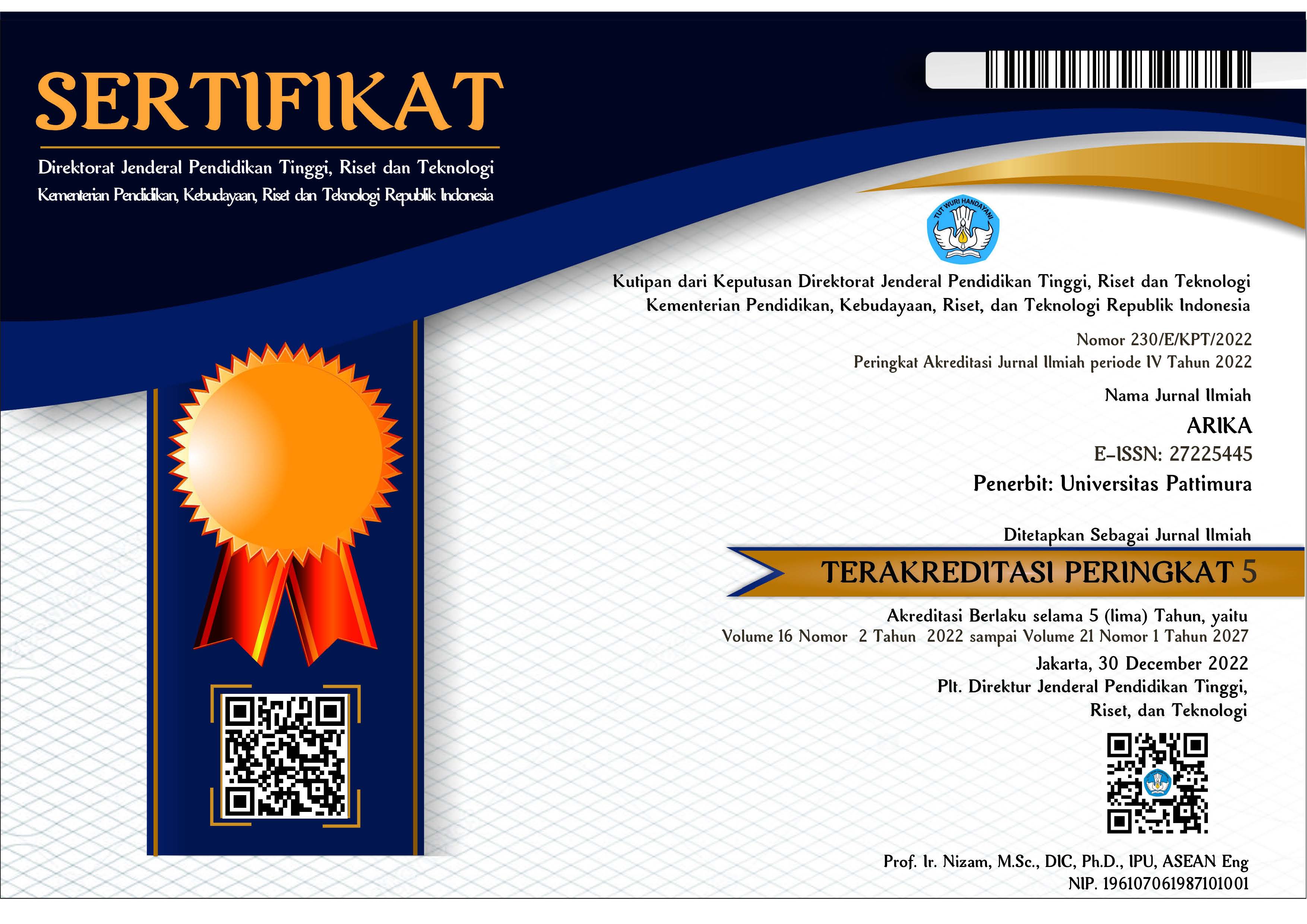Penentuan Alokasi Order Dengan Pendekatan Goal Programming (Studi Kasus PT. X Surabaya)
Abstract
PT. X is one of the companies engaged in chemical industry production base with sulfuric acid and aluminum sulfate. To be able to produce a product according to customers spesification, PT. X wanted to make improvements in the process, especially in procurement division. It relates to the process of selecting suppliers for the supply of raw materials in the production process. Problems encountered in this study is to determine the supplier selection and allocation of orders in accordance with the company spesification. Goal programming method to determine the allocation of orders to suppliers. The purpose of this research is to be able to meet optimal solutions in selecting suppliers accordance to company criteria. The results of this study is to count the allocation order to the supplier of sulfur: (1) Standard Chemical Corp.. Pte.Ltd of 3.646,7 tons, (2) PT. Lautan Luas of 803,3 tons, (3) PT. Yosomulyo Jajag of 300 tons, (4) CV. Archindo of 150 tons, with a minimum price of sulfur for $ 513.720. Allocation orders to suppliers of aluminum hydroxide: (1) Bisindo Kencana 3.000 tons, (2) Hindalco Industries Limited 1.114 tons, (3) Sumitomo of 1.946 tons, (4) Chemindus SDN BHD to 890 tons, with a minimum price aluminium hydroxide for $ 2.137.578.
Downloads
An author who publishes in the ARIKA Jurnal agrees to the following terms:
- The author retains the copyright and grants ARIKA journal the right of first publication of the work simultaneously licensed under the Creative Commons Attribution-ShareAlike 4.0 License that allows others to share the work with an acknowledgment of the work's authorship and initial publication in this journal.
- The author is able to enter into separate, additional contractual arrangements for the non-exclusive distribution of the journal's published version of the work (e.g., post it to an institutional repository or publish it in a book) with the acknowledgment of its initial publication in this journal.
- The author is permitted and encouraged to post his/her work online (e.g., in institutional repositories or on their website) prior to and during the submission process, as it can lead to productive exchanges, as well as earlier and greater citation of the published work (See The Effect of Open Access).










